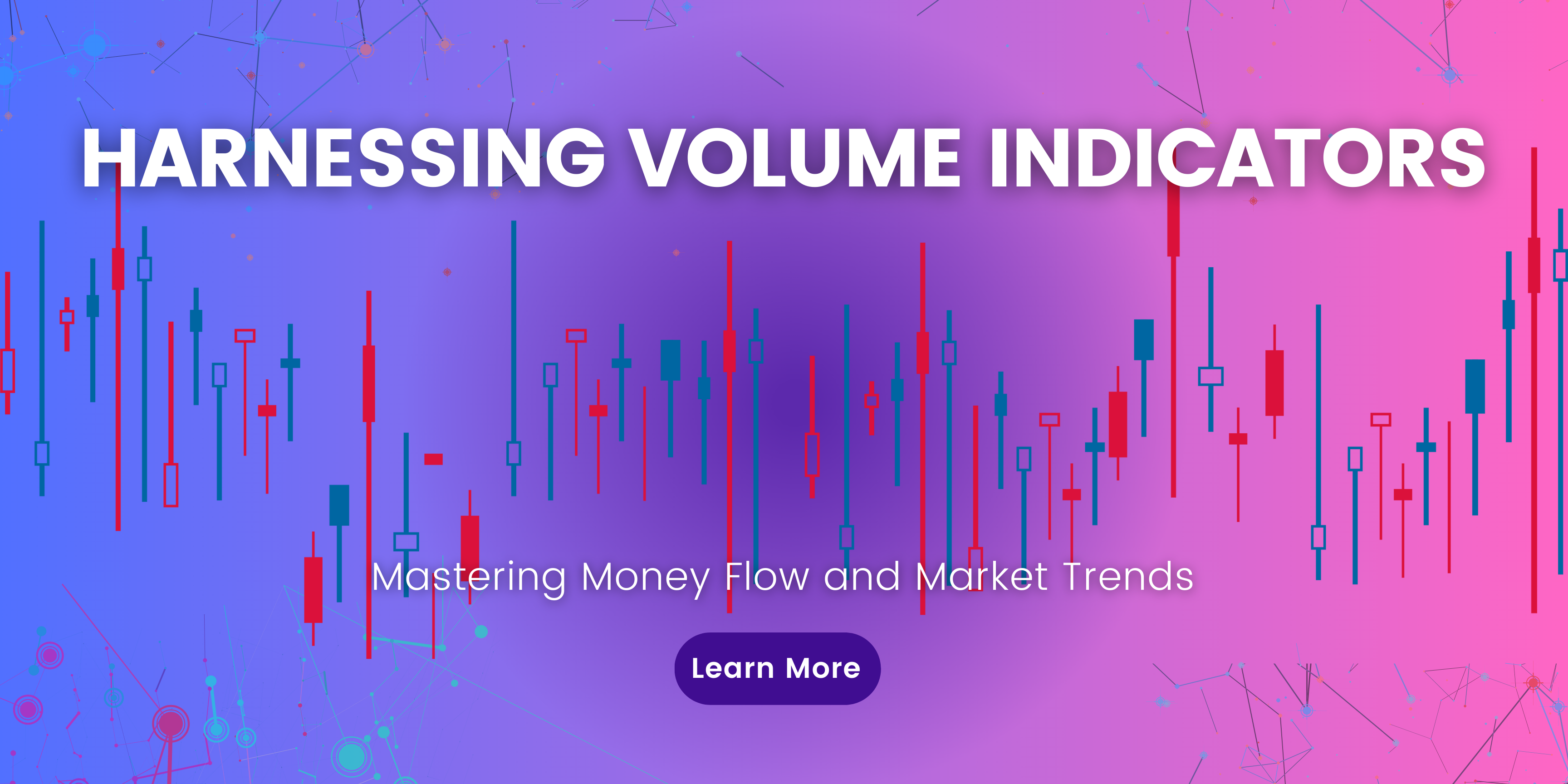What are Trending and Range Markets?A trending market is one where the price of an asset is consistently making a series of higher highs and higher lows, or lower highs and lower lows over a period of time. This indicates the presence of a strong trend that traders can identify and potentially profit from by …
Trending Markets vs Range Markets: Part 1 of 2

What are Trending and Range Markets?
A trending market is one where the price of an asset is consistently making a series of higher highs and higher lows, or lower highs and lower lows over a period of time. This indicates the presence of a strong trend that traders can identify and potentially profit from by trading in the direction of the trend. Examples of assets that often trend include Bitcoin, Ethereum as well as currency pairs involving JPY like EURJPY.
A range-bound or sideways market is one where the price of an asset fluctuates between a floor and ceiling level, but struggles to sustainably break above resistance or below support. The asset trades within a defined high and low range, without any clear directional bias. Assets like gold and silver frequently move sideways as they seek a catalyst to break out of their trading zone.
The key differences between trending and range markets relate to the presence of momentum and tradable opportunities. Trending markets offer multiple swing trading setups as prices make consistent higher highs and lows each day. Range-bound markets have fewer clear entry signals and profits are smaller as prices bounce between support and resistance.
Identifying Trending vs Range Markets
There are a few popular technical indicators traders can use to analyze trends and identify trending vs range-bound markets:
- Moving averages like the 50 and 200 day SMA are widely followed. Divergences between short and long term averages can signal potential trend changes.
- Bollinger Bands measure volatility and its expansion/contraction helps gauge trend strength. When prices touch the upper/lower band, it often bounces in a range.
- Candlestick/bar patterns like higher highs and lows signal uptrends while consolidations form bases or triangles that can precede breakouts.
It’s also important to consider timeframe – what may look like a range on the daily chart could be a strong trend on the weekly. Analyzing multiple timeframes prevents premature trend calls and whipsaws. Overall volume and volatility give clues on which type of market is present.
Trading Strategies for Each Market Type
In trending markets, trend-following strategies like breakouts and pullbacks tend to work well. Breakouts involve entering long after a resistance break or short after a support break, riding the trend in that direction. Pullback strategies look to enter in the direction of the trend after a small retracement against it. Both benefit from the momentum of trends.
Range-bound markets favor mean reversion and range trading strategies. Traders can look to enter long near the bottom of the range after a support bounce, or short near the top after a resistance test. Strict stop losses are key since prices may fluctuate within the zone. Swing trading range breakouts only works if follow-through is strong.
Other examples include:
- Trend trading the daily higher highs and lows
- Range trading 60/40 rule of bounces from 20 SMA
- Breakout pullback entries for trends, re-entries after retraces
- Range expansion/contraction to gauge strength
Effective trade management also varies with market conditions. Trend trades utilize wider stops and targets while range trades take smaller profits quickly. Risk/reward profiles suit each environment.








